Industrial towns often conjure images of smoke-belching factories, grimy buildings, and bleak landscapes. Yet, around the world, many industrial centers have transformed their manufacturing heritage into striking visual masterpieces that blend historical infrastructure with modern design and natural beauty. These locations celebrate rather than hide their industrial roots, creating unique urban environments that draw visitors from across the globe.
Here is a list of 15 of the world’s most beautiful industrial towns where function and aesthetics merge to create unforgettable destinations.
Falun, Sweden
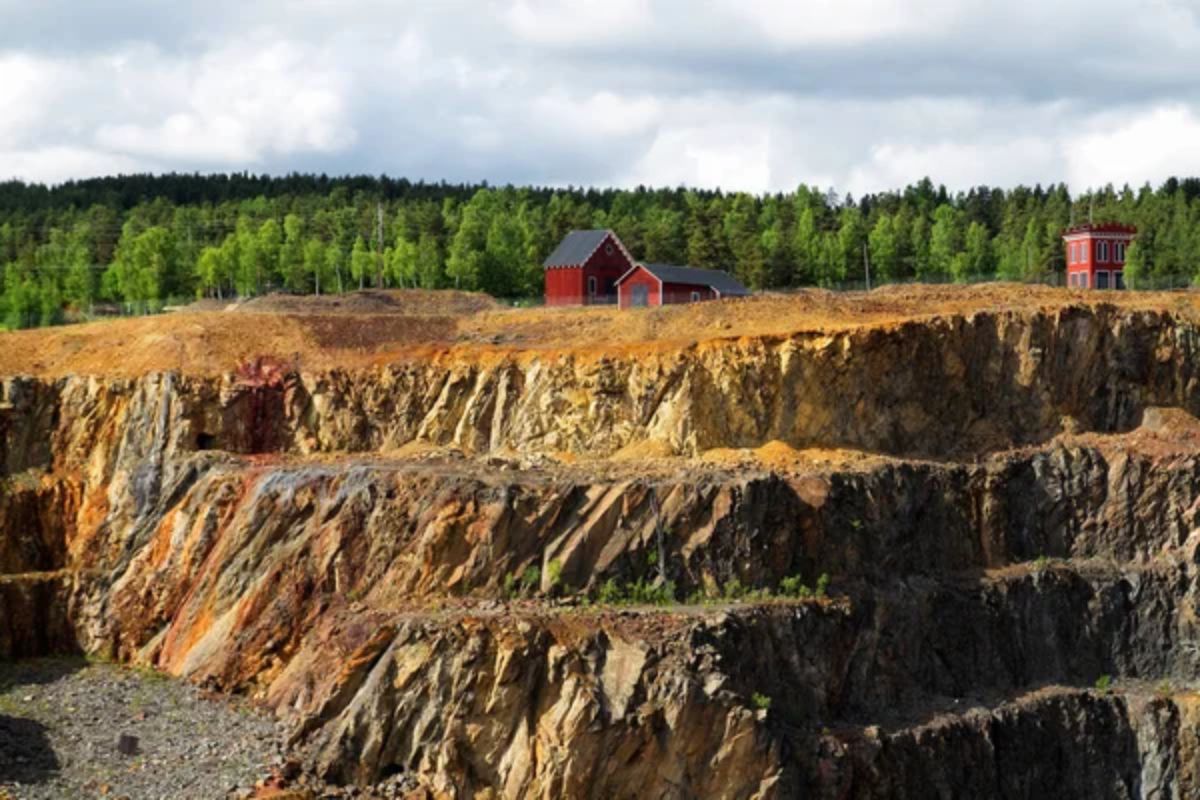
This historic mining town centers around the massive Falun Mine, which operated for over a millennium before closing in 1992. The distinctive red houses painted with pigment derived from the mine’s copper deposits create a warm, cohesive aesthetic throughout the town.
UNESCO recognized Falun as a World Heritage site for its remarkably preserved industrial landscape dating back to the 13th century. The town’s charming wooden structures and the imposing Great Pit—a vast mining crater—offer visitors a glimpse into Sweden’s industrial past while maintaining exceptional beauty.
Rjukan, Norway

Nestled in a deep valley between towering mountains, Rjukan developed around hydroelectric power and fertilizer production in the early 20th century. For six months each year, the surrounding peaks block all direct sunlight from reaching the town—a problem ingeniously solved with giant mirrors mounted on the mountainside that reflect sunlight into the town square.
The industrial complexes of Rjukan, along with nearby Notodden, form a UNESCO World Heritage site celebrating the town’s revolutionary hydropower achievements. The dramatic mountain backdrop combined with well-preserved factory buildings creates a starkly beautiful industrial aesthetic.
Like Travel Pug’s content? Follow us on MSN.
Lowell, Massachusetts
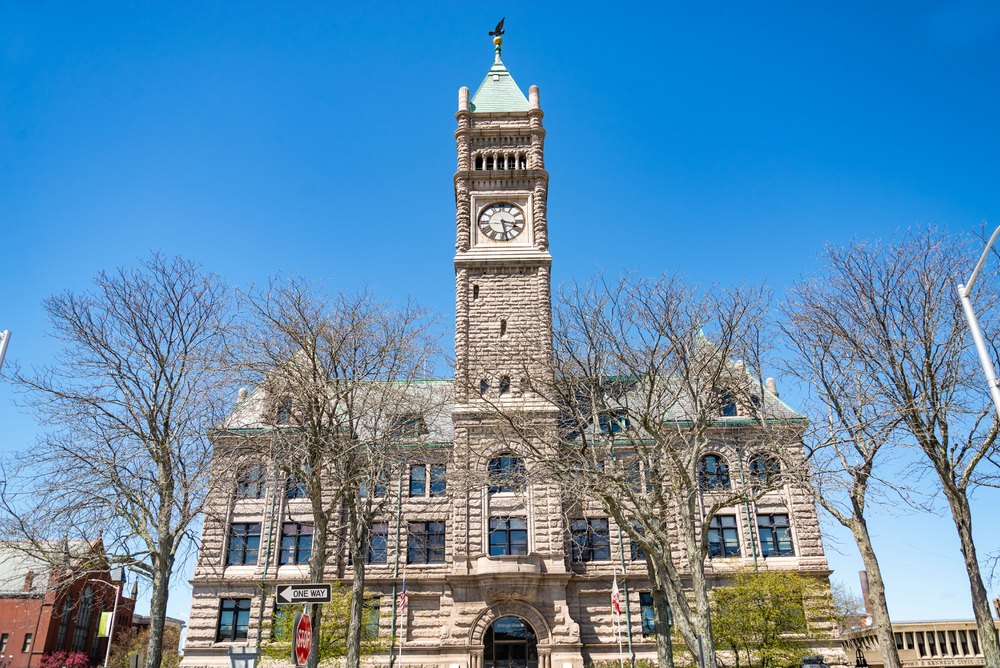
Once the epicenter of America’s textile industry, Lowell transformed its extensive network of 19th-century mills, canals, and boarding houses into one of the country’s most successful urban revitalization stories. The restored red-brick factories now house museums, restaurants, art galleries, and apartments while still showcasing their industrial-era architecture.
Lowell National Historical Park preserves this industrial heritage, while the city’s canal system—once used to power the mills—provides scenic waterways throughout the downtown area. The harmonious blend of historic industrial infrastructure with modern amenities makes Lowell surprisingly picturesque.
Hershey, Pennsylvania

Built around chocolate production, Hershey stands out as an industrial town designed with beauty in mind from its inception. Founder Milton Hershey constructed a model industrial community with tree-lined streets and quality housing, and even incorporated lampposts shaped like Hershey’s Kisses throughout the town.
The chocolate factory, with its iconic smokestacks, remains a central feature of the townscape, while gardens and green spaces soften the industrial elements. Even the air sometimes carries the pleasant aroma of chocolate, adding a sensory dimension to the town’s visual appeal.
Saltaire, England
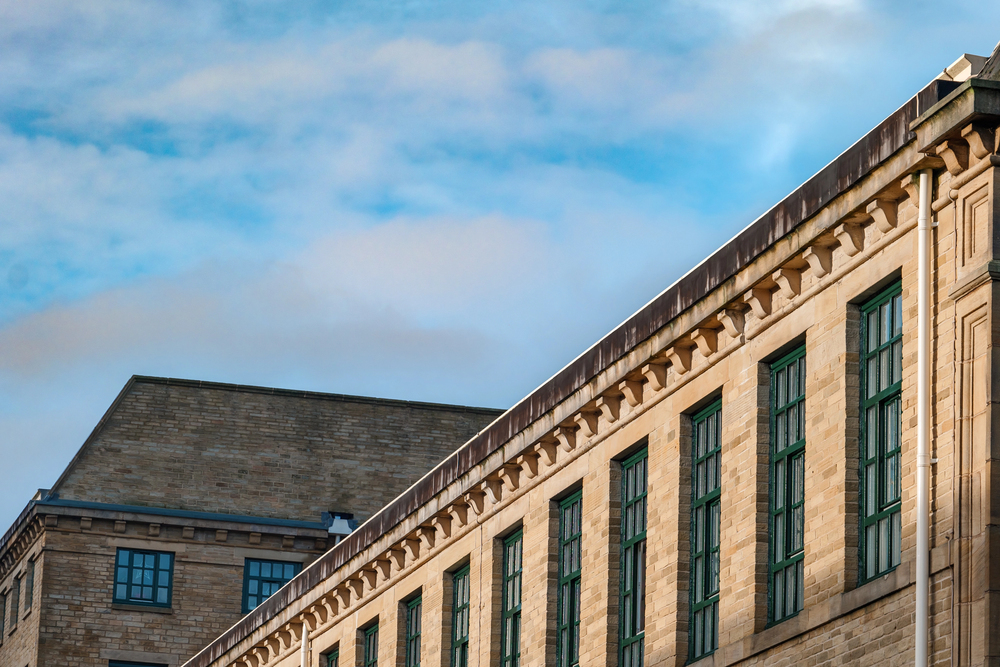
This Victorian model village near Bradford was built by industrialist Sir Titus Salt to house workers at his textile mill. The perfectly preserved rows of honey-colored stone buildings follow a strict grid pattern radiating from the massive Salts Mill.
The uniform architecture—simple yet elegant Yorkshire stone construction—creates a harmonious aesthetic throughout the village. Now a UNESCO World Heritage site, Saltaire represents industrial urban planning at its most beautiful, with the imposing mill building converted into art galleries and retail spaces while maintaining its architectural integrity.
Like Travel Pug’s content? Follow us on MSN.
Yubari, Japan

Once a booming coal mining town, Yubari has transformed its industrial decline into haunting beauty. Abandoned mining structures dot the surrounding mountains, gradually being reclaimed by the lush Japanese landscape.
The town embraced its post-industrial identity through its famous melon production and annual film festival, creating an interesting contrast between industrial ruins and cultural renewal. The surrounding mountains, often shrouded in mist, create a dreamlike backdrop for the remaining industrial structures and railways that climb the steep terrain.
Zlín, Czech Republic
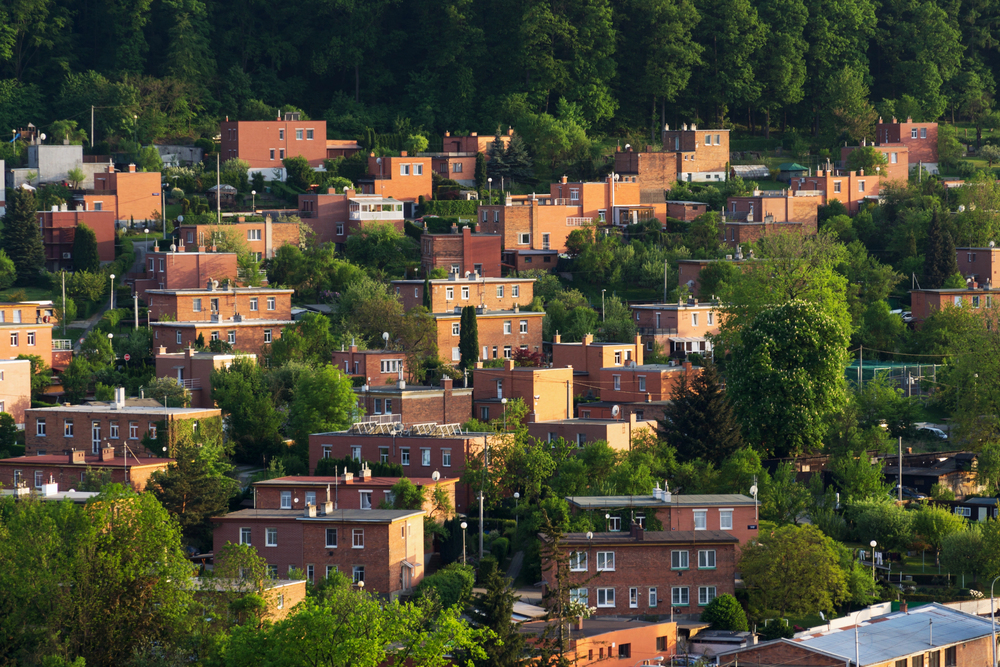
Built as a company town by the Bata shoe empire in the 1920s and 30s, Zlín represents one of the most comprehensive examples of functionalist industrial architecture in the world. The uniform red-brick and concrete buildings with large windows form a coherent, modernist cityscape that was revolutionary for its time.
The former factory headquarters—Building 21, a sixteen-story skyscraper with a moving office elevator for the company director—remains an iconic landmark. The town’s rational layout, with green spaces interspersed among the factory buildings and workers’ quarters, creates an unusually harmonious industrial environment.
New Lanark, Scotland
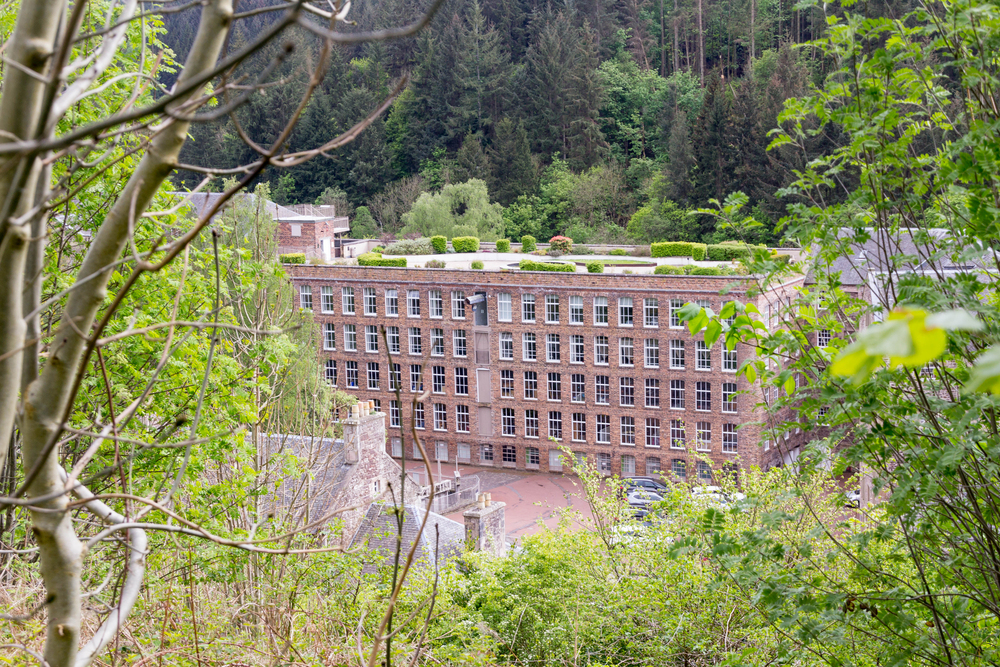
Tucked into a deep valley along the Falls of Clyde, this historic cotton mill village combines industrial heritage with natural splendor. The massive stone mill buildings stand in stark contrast to the surrounding woodland and powerful waterfalls that once powered the factories.
Built in the late 18th century as a model industrial community by social reformer Robert Owen, New Lanark’s well-preserved gray stone buildings now form a UNESCO World Heritage site. The restored workers’ housing, school, and mill buildings create a cohesive architectural landscape against the dramatic natural setting of the river gorge.
Like Travel Pug’s content? Follow us on MSN.
Sewell, Chile
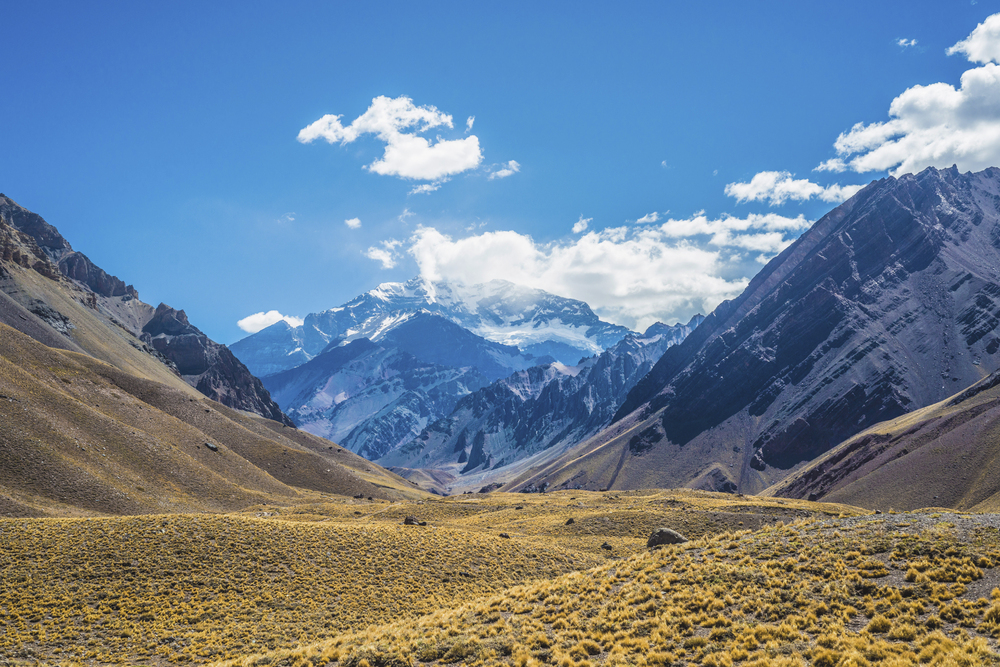
Perched at 7,000 feet in the Andes Mountains, this former copper mining town clings to the mountainside in a riot of colorful buildings connected by staircases rather than streets. Constructed by the Braden Copper Company in the early 20th century, Sewell’s distinctive architecture developed in response to the extreme mountain terrain.
The abandoned mining town—now a UNESCO site—creates a surreal industrial landscape against the backdrop of towering Andean peaks. The painted wooden buildings in blues, reds, and greens cascade down the mountainside, creating an almost cubist visual composition unlike any other industrial settlement.
Belper, England
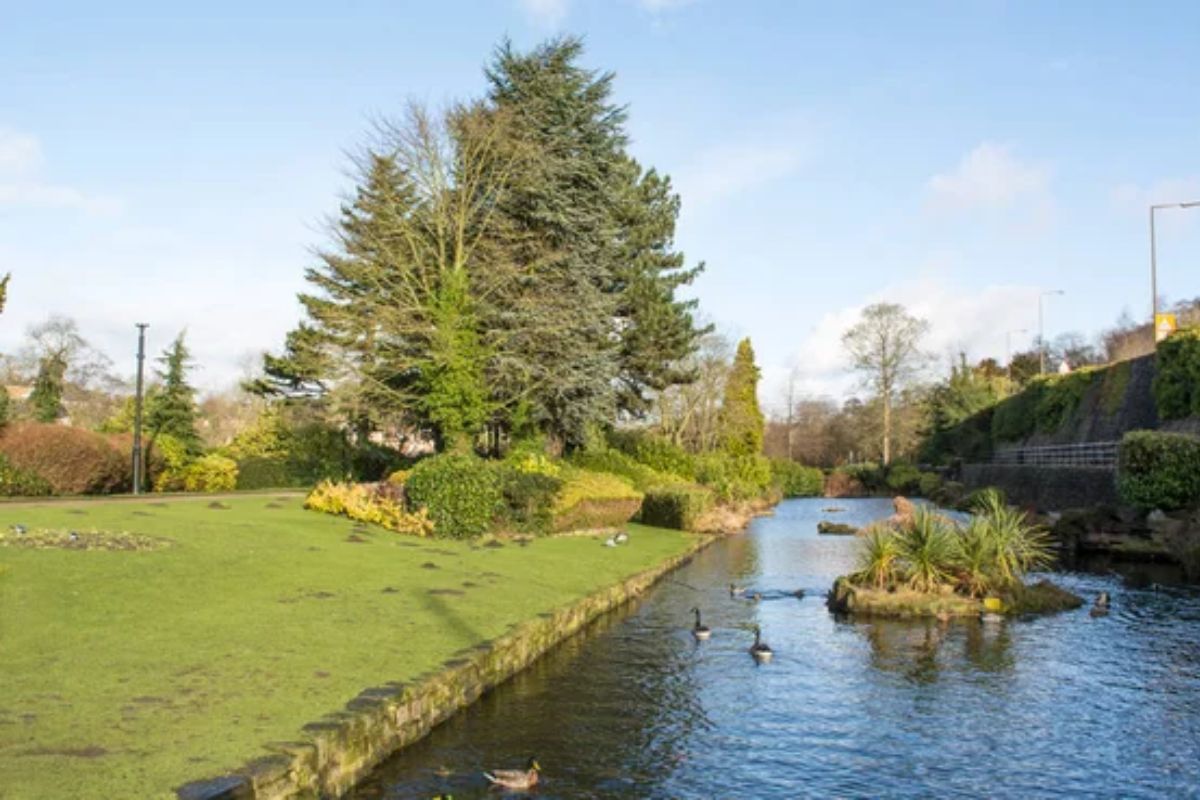
Part of the Derwent Valley Mills UNESCO World Heritage site, Belper grew around the world’s first cotton mills to successfully implement water-powered production at an industrial scale. The town features exceptionally well-preserved mill complexes built from local gritstone, alongside innovative workers’ housing that set new standards for industrial communities.
The North Mill, with its pioneering fireproof iron frame construction, stands as an architectural landmark beside the River Derwent. The harmony between the industrial buildings, workers’ cottages, and the natural setting of the river valley creates a particularly picturesque industrial landscape.
Essen, Germany
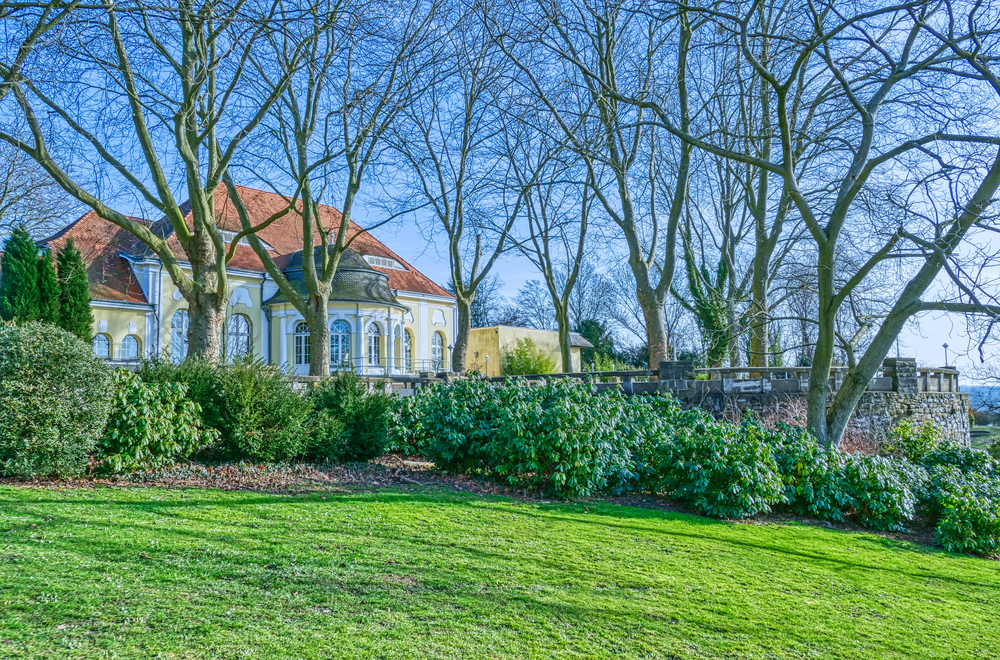
The transformation of the Ruhr Valley from Europe’s industrial heartland to a cultural landscape finds its perfect expression in Essen. The massive Zollverein Coal Mine Industrial Complex—once the world’s largest and most modern colliery—now stands as a UNESCO World Heritage site celebrated for its Bauhaus-influenced architecture.
The stark geometric forms of the mining structures have been preserved and repurposed as museums, performance venues, and recreational facilities. The surrounding landscape, once heavily polluted, has been regenerated with parks and waterways, creating a fascinating dialogue between industrial heritage and environmental renewal.
Like Travel Pug’s content? Follow us on MSN.
Ivrea, Italy
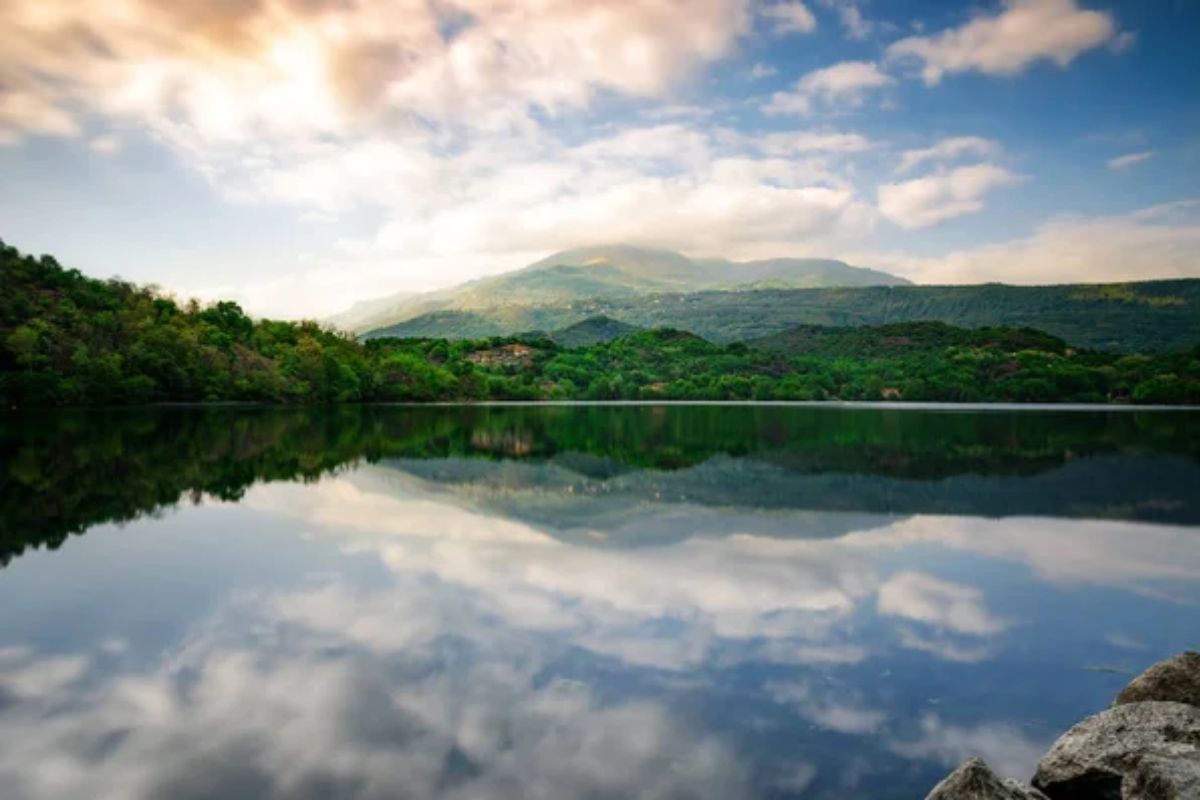
Developed as the headquarters of Olivetti typewriters and office machines, Ivrea represents a unique experiment in industrial community building. Between the 1930s and 1960s, the town was transformed through modernist architecture that emphasized light, space, and harmony with the natural environment.
Unlike the uniform company towns of earlier eras, Ivrea’s industrial buildings showcase varied architectural styles that together form a cohesive aesthetic statement. The colorful modernist factories and office buildings set against the Alpine foothills and along the Dora Baltea River create a remarkably beautiful industrial landscape now recognized by UNESCO.
Crespi d’Adda, Italy
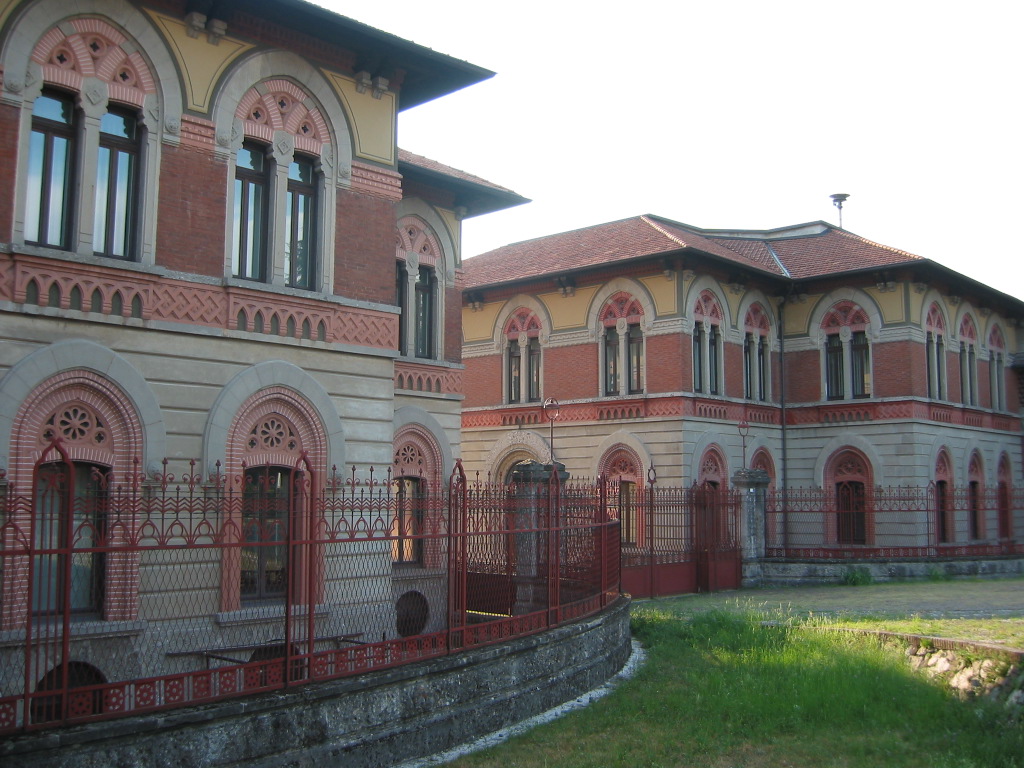
This perfectly preserved company town represents the height of enlightened industrial planning from the late 19th century. Built by the Crespi family for workers at their textile factory, the village follows a symmetric layout with the factory at one end and the owner’s castle at the other.
Between them stand identical workers’ houses with gardens, public buildings, and a church modeled after the Lombard Renaissance style. The consistent architectural vision and the still-intact urban plan make Crespi d’Adda an exceptionally harmonious industrial settlement. The red-brick factory buildings with their distinctive chimneys contrast beautifully with the residential areas and surrounding countryside.
Røros, Norway
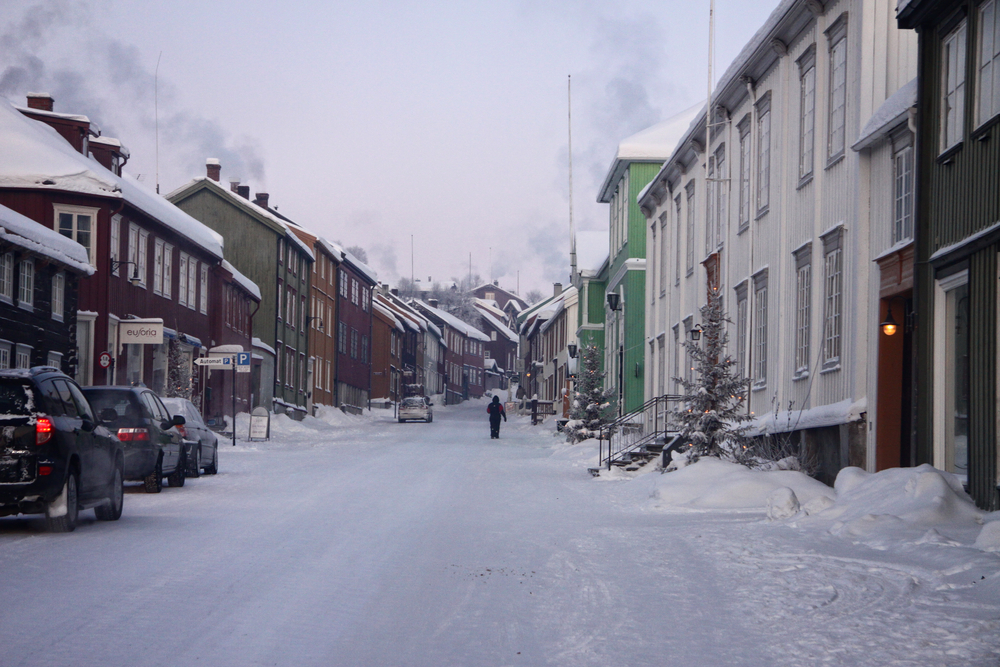
This former copper mining town appears almost frozen in time, with wooden buildings dating back to the 17th and 18th centuries spread across a stark mountain plateau. The dark wooden structures, with their distinctive architecture, stand in dramatic contrast to the snow-covered landscape during the winter months.
Miners’ cottages, warehouses, and smelting houses form a cohesive ensemble that earned Røros its UNESCO status. The town’s remote location and harsh climate contributed to its unique development as an industrial community that had to be largely self-sufficient, resulting in a remarkably unified architectural character rarely seen in industrial settlements.
Like Travel Pug’s content? Follow us on MSN.
Blaenafon, Wales
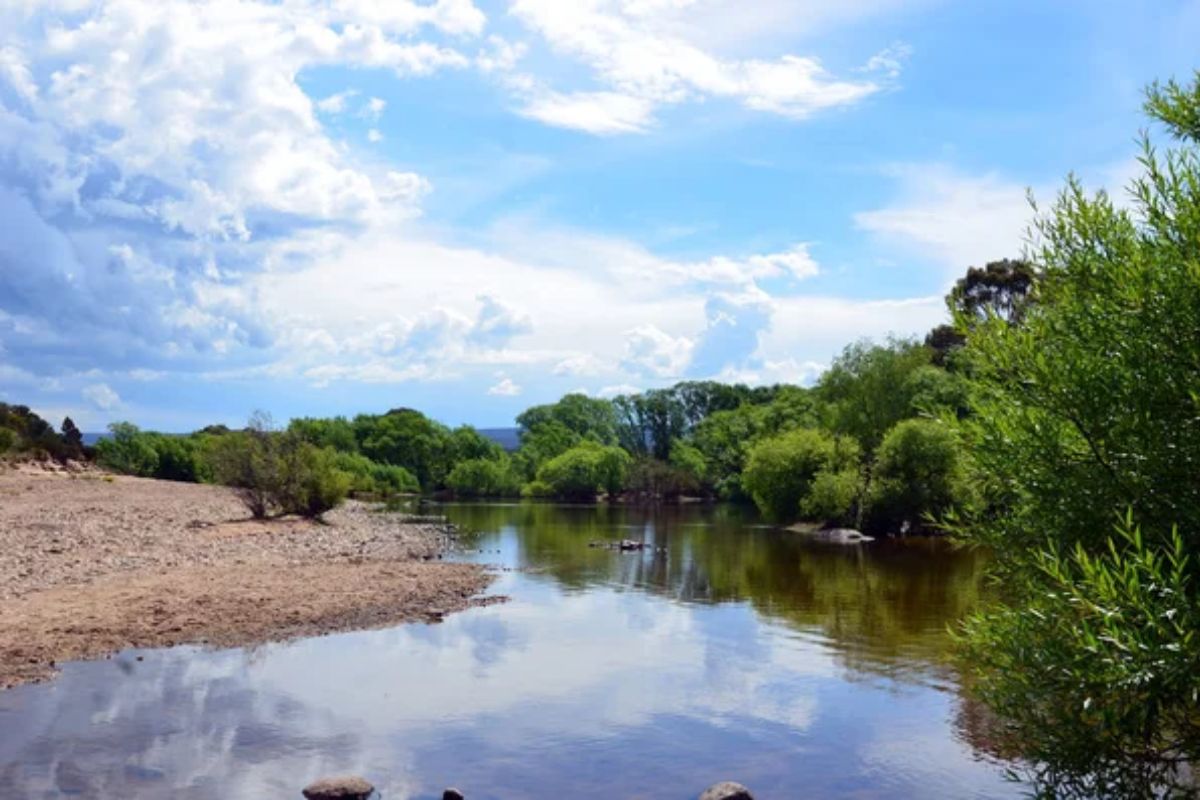
The landscape around this Welsh town bears powerful testimony to the industrial revolution that transformed the region. The Blaenavon Industrial Landscape UNESCO site encompasses ironworks, coal mines, quarries, railways, and workers’ housing that demonstrate the entire process of iron production.
The stark beauty of the industrial ruins against the Welsh hills creates a haunting landscape that tells the story of industrialization. The Big Pit mining museum allows visitors to descend into former coal mines, while the preserved ironworks, with their massive stone structures and blast furnaces, form monumental industrial sculptures against the rolling landscape.
Industrial Evolution
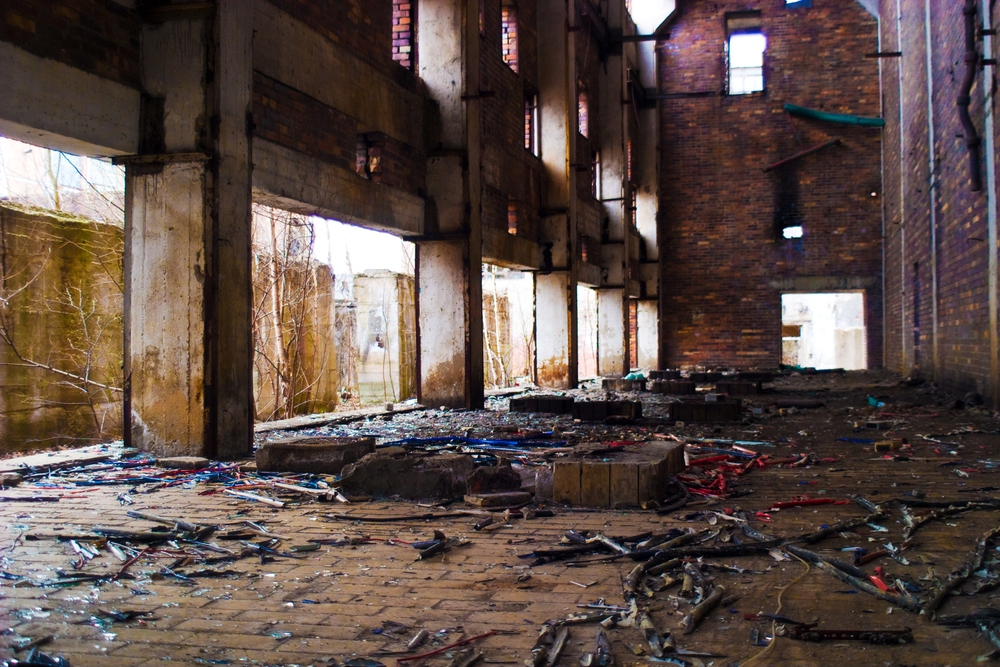
From company towns built with worker welfare in mind to settlements that grew organically around factories and mines, these industrial communities demonstrate that utility and beauty can coexist in remarkable ways. Many have found new life through thoughtful preservation and adaptive reuse of industrial structures, transforming what could have been derelict ruins into vibrant cultural attractions.
The aesthetic appeal of these towns often lies precisely in their industrial character—the monumental scale, functional design, and materials that speak directly to their production heritage. They remind us that places built primarily for work can evolve into destinations worth experiencing for their distinctive beauty.
More from Travel Pug

- Cities Growing so Fast You Won’t Recognize Them in 10 Years
- 13 Destinations Where Tourists Regularly Regret Their Trip
- 20 Obscure WWII Sites Even History Buffs Don’t Know About
- 10 Under-the-Radar Mountain Towns That Are Both Affordable and Beautiful
- 20 Abandoned Places That Feel Like Real-Life Post-Apocalyptic Movie Sets
Like Travel Pug’s content? Follow us on MSN.
